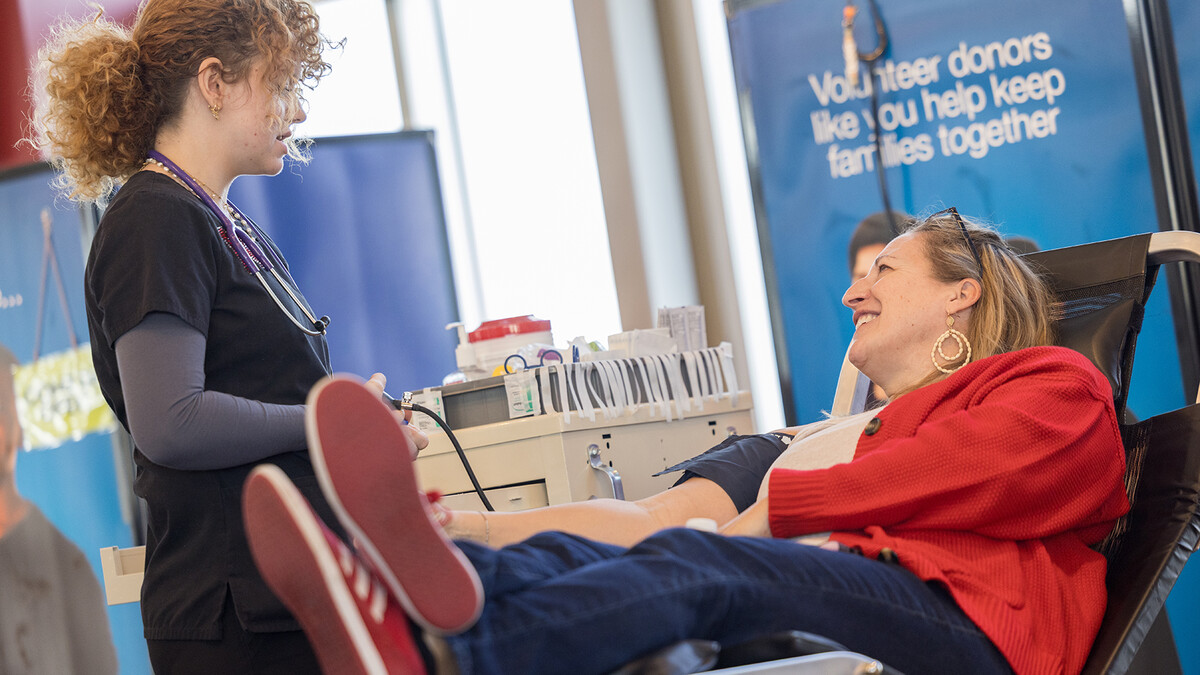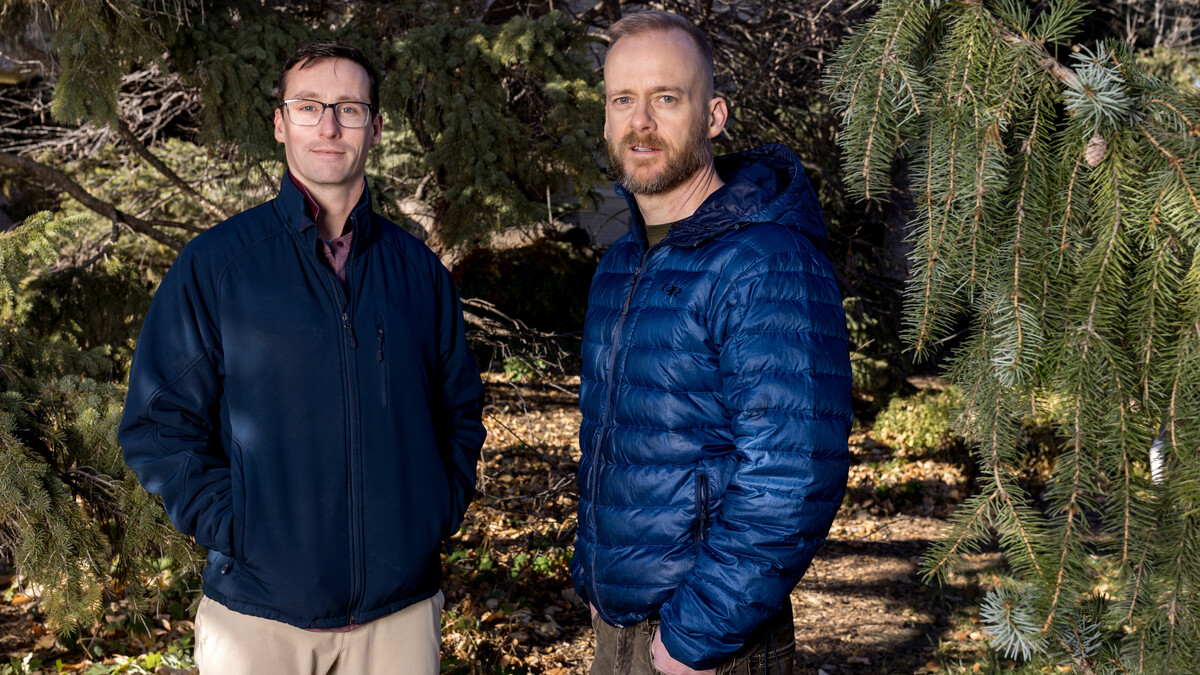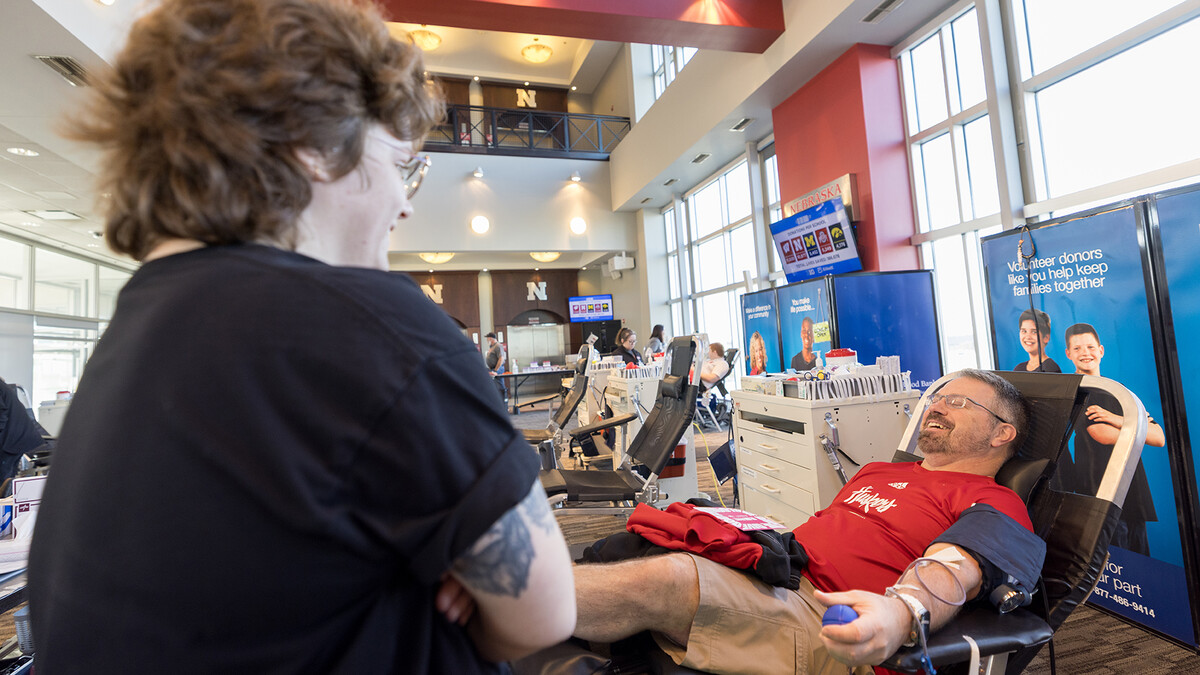
When Matthew Giesselmann boarded a plane in 2013 to spend two years living and teaching in Spain, he thought he was ready. Though he had wide knowledge of the Spanish language and culture, it was a challenge to adjust to the real-world use of Spanish outside the formal structure of a classroom.
Now working toward his master’s degree at the University of Nebraska-Lincoln, Giesselmann was eager to enroll in a new course with a unique approach that helps students with practical fluency by literally getting them into character.
His instructor, Kelly Kingsbury Brunetto, built the course around one-act plays and other forms of dialogue — which students act out — as they hone their Spanish-speaking skills.
“When you go out into the real world and engage in speech that isn’t so polite or formally structured, that can be really difficult for students and really intimidating,” said Kingsbury Brunetto, an assistant professor of practice.
By using scenes from plays and dialogue-heavy stories and novels, the students take creative license in interactions with one another, which broadens the scope of their skills, she said.
“Characters are always trying to achieve a goal and there’s some kind of obstacle in their way,” she said. “It opens up different types of speech that students don’t normally get to engage in in a class and it builds in the element of practice.”
Instead of memorizing, students play characters from the texts in scenes they improvise. Besides requiring spontaneous speech, Kingsbury Brunetto said theater methods also allow students to experiment and practice speaking in ways — with anger, with affection — that might otherwise be uncomfortable.
“It’s easier to separate themselves from their self-consciousness and hang-ups about using the language,” she said. “They think, ‘It’s not me screaming at this person, it’s the character in the play.’ It leaves them with less inhibition about engaging and being less afraid of making mistakes.”
Because the students are required to read the texts prior to class improvisations of scenes, discussions also emerge about Spanish culture and language indicative of where the stories take place. Kingsbury Brunetto chooses dialogue that included examples of good grammar in action, which she’s turned into teachable moments.
As various structures come up in the texts, Kingsbury Brunetto gives a brief refresher lesson, usually on structures that are challenging for English speakers. Students practice them in context and focus on polishing their mastery of more difficult grammar points in their independent language use.
After improvising a scene with another student, Giesselmann explained how the spontaneity in the class is so different from a traditional course.
“(The class is) more interactive and I think with language, you need to be interactive when using it,” he said. “When you get into real-life situations using Spanish, you have to be able to improvise on the spot. This is a really dynamic course that allows that kind of interaction.”
Kingsbury Brunetto was inspired to teach the class from her doctoral dissertation work at University of Wisconsin-Madison as well as her previous teaching experience at Notre Dame, where she taught and directed Spanish theater workshops for foreign language students. She researched the methods for her dissertation and expanded them into a book. She said she hopes to make the class a regular offering.
“Performing as a character seems like it would be kind of scary to do that in a foreign language,” she said. “But it’s also very liberating, very exciting and a lot of fun.”







